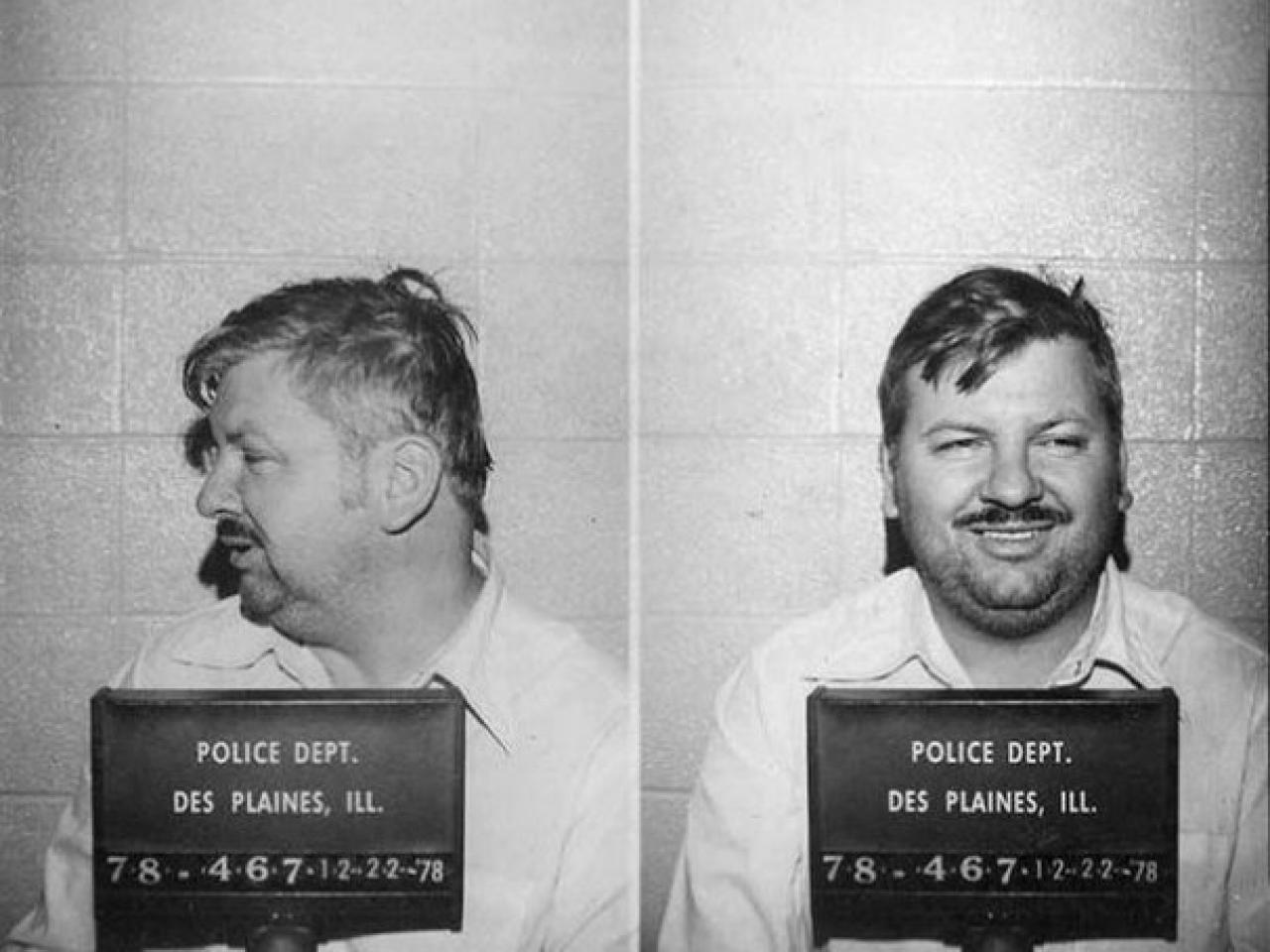
John Wayne Gacy, one of America's most infamous serial killers, left a chilling legacy that continues to haunt many. Known as the "Killer Clown," Gacy was convicted of murdering 33 young men and boys in the 1970s. His death marked the end of a terrifying chapter in criminal history, but the details surrounding his demise remain a topic of intrigue. How did John Wayne Gacy die? Gacy was executed by lethal injection on May 10, 1994, at Stateville Correctional Center in Illinois. This post delves into 34 intriguing facts about his death, shedding light on the final moments of a man whose crimes shocked the world. From his last meal to the reactions of his victims' families, these facts offer a comprehensive look at the end of John Wayne Gacy's life.
Key Takeaways:
- John Wayne Gacy, the infamous "Killer Clown," was arrested for the murders of 33 boys and young men, leading to his execution by lethal injection in 1994.
- Gacy's crimes sparked changes in law enforcement practices, forensic techniques, and discussions about the death penalty, while the victims are honored and remembered through memorials and advocacy efforts.
John Wayne Gacy: The Infamous Killer
John Wayne Gacy, also known as the "Killer Clown," was one of America's most notorious serial killers. His crimes shocked the nation and left an indelible mark on criminal history. Here are some chilling facts about his death and the events leading up to it.
The Capture and Trial
Gacy's capture and trial were pivotal moments in criminal justice history. His arrest brought an end to a horrifying spree of murders.
- Gacy was arrested on December 21, 1978, after police discovered the remains of 29 boys and young men in the crawl space of his home.
- He was charged with 33 murders, making him one of the most prolific serial killers in U.S. history.
- During his trial, which began on February 6, 1980, Gacy pleaded not guilty by reason of insanity.
- The jury found him guilty on March 13, 1980, after less than two hours of deliberation.
- Gacy was sentenced to death on March 13, 1980, for 12 of the murders, while the remaining counts resulted in life imprisonment.
Life on Death Row
Gacy's time on death row was marked by various activities and interactions that revealed more about his twisted personality.
- He spent 14 years on death row at Menard Correctional Center in Illinois.
- Gacy took up painting while incarcerated, creating numerous artworks that were later sold at auctions.
- He maintained his innocence throughout his time on death row, often giving interviews to media outlets.
- Gacy's paintings included self-portraits as "Pogo the Clown," the character he performed as at children's parties.
- His artwork became a macabre collector's item, with some pieces selling for thousands of dollars.
The Execution
Gacy's execution was a highly publicized event, drawing attention from across the nation.
- He was executed by lethal injection on May 10, 1994, at Stateville Correctional Center in Illinois.
- Gacy's execution was witnessed by several family members of his victims, as well as media representatives.
- His last meal consisted of a bucket of KFC chicken, a dozen fried shrimp, French fries, fresh strawberries, and a Diet Coke.
- Gacy's final words were reportedly, "Kiss my ass," showing no remorse for his crimes.
- The execution process took 18 minutes due to a problem with the IV line, causing a delay.
Post-Execution Events
Even after his death, Gacy's legacy continued to haunt the public and the families of his victims.
- Gacy's brain was removed after his execution and studied by Dr. Helen Morrison, a forensic psychiatrist, to understand the mind of a serial killer.
- His body was cremated, and his ashes were given to his family.
- The house where Gacy committed his murders was demolished in 1979, and a new home was built on the site.
- The new homeowners have reported no paranormal activity, despite the property's dark history.
- Gacy's case has been the subject of numerous books, documentaries, and films, keeping his story alive in popular culture.
Impact on Society and Law Enforcement
Gacy's crimes had a profound impact on society and led to changes in law enforcement practices.
- His case highlighted the importance of thorough background checks, as Gacy had a prior conviction for sexual assault.
- The investigation into Gacy's crimes led to improvements in forensic techniques, including the use of dental records for victim identification.
- Gacy's case also brought attention to the issue of missing persons and the need for better tracking systems.
- The psychological profile of Gacy helped law enforcement develop better methods for identifying and apprehending serial killers.
- His crimes prompted discussions about the death penalty and its effectiveness as a deterrent.
The Victims' Legacy
The victims of John Wayne Gacy are remembered and honored in various ways, ensuring their stories are not forgotten.
- A memorial was erected in Chicago to honor the victims, listing their names and ages.
- Annual vigils are held by the families of the victims to commemorate their lives.
- Some of the victims' families have become advocates for missing persons and victims' rights.
- The identification of Gacy's victims continues, with advancements in DNA technology helping to name previously unidentified remains.
- The stories of the victims have been shared in books and documentaries, giving them a voice and preserving their memory.
The Continuing Fascination
John Wayne Gacy's story continues to captivate the public, with new information and perspectives emerging over time.
- True crime enthusiasts and researchers still study Gacy's case to understand the psychology of serial killers.
- Gacy's artwork remains a controversial topic, with debates about the ethics of profiting from a killer's creations.
- The media's portrayal of Gacy has evolved, with some focusing on the victims' stories rather than glorifying the killer.
- Gacy's case serves as a grim reminder of the potential for evil within seemingly ordinary individuals.
Final Thoughts on John Wayne Gacy
John Wayne Gacy's life and crimes leave a chilling legacy. Known as the "Killer Clown," Gacy's heinous acts shocked the world. His death in 1994 brought some closure to the families of his 33 victims, but the horror of his actions lingers. Gacy's story serves as a grim reminder of the darkness that can hide behind a seemingly normal facade. His case also highlighted the importance of thorough investigations and the need for vigilance in communities. While Gacy's life ended, the lessons learned from his crimes continue to influence law enforcement and criminal psychology. Understanding his actions helps society better recognize and prevent similar tragedies. Gacy's name will forever be associated with one of the most disturbing chapters in criminal history.
Frequently Asked Questions
Was this page helpful?
Our commitment to delivering trustworthy and engaging content is at the heart of what we do. Each fact on our site is contributed by real users like you, bringing a wealth of diverse insights and information. To ensure the highest standards of accuracy and reliability, our dedicated editors meticulously review each submission. This process guarantees that the facts we share are not only fascinating but also credible. Trust in our commitment to quality and authenticity as you explore and learn with us.


